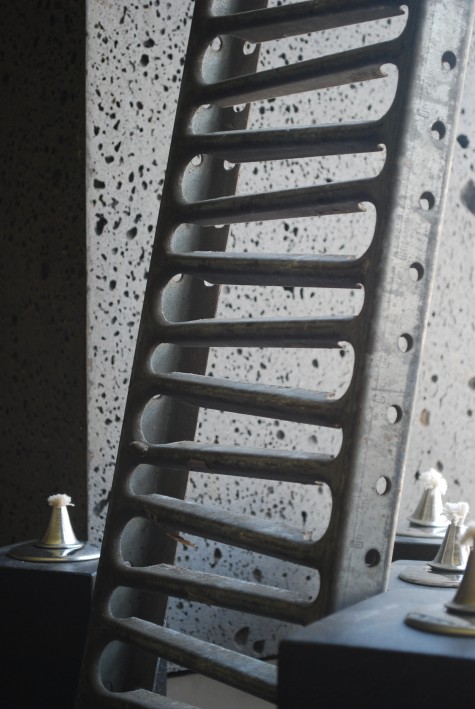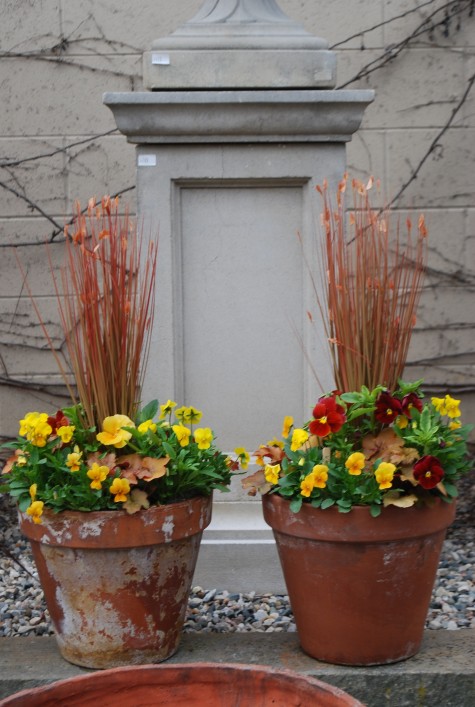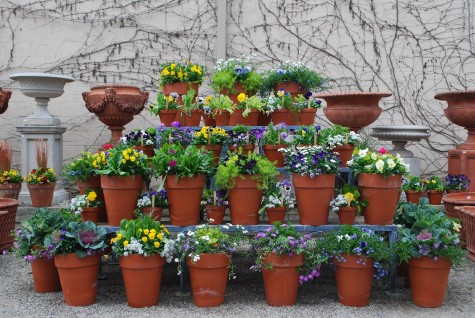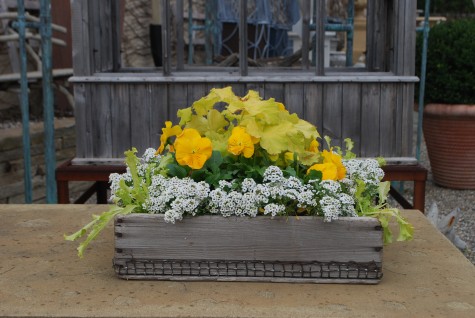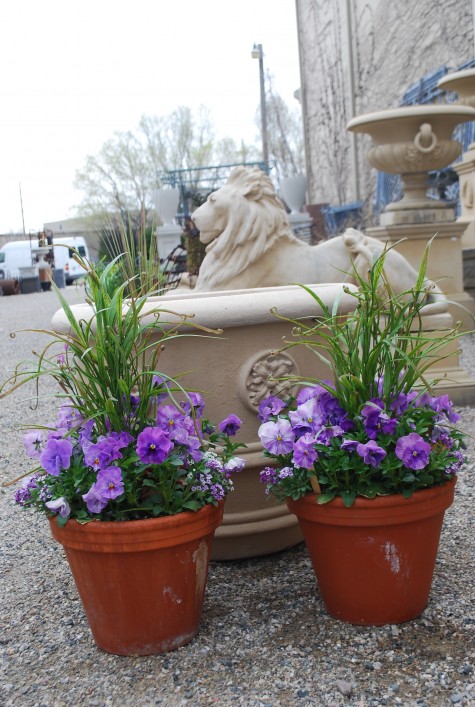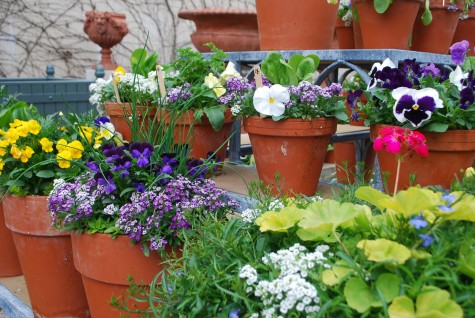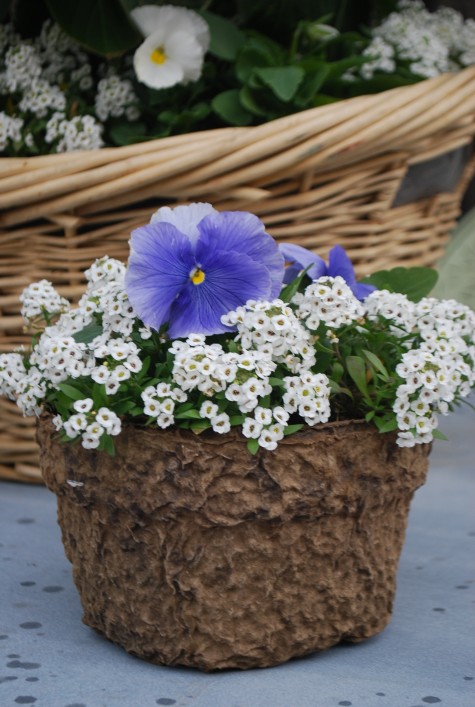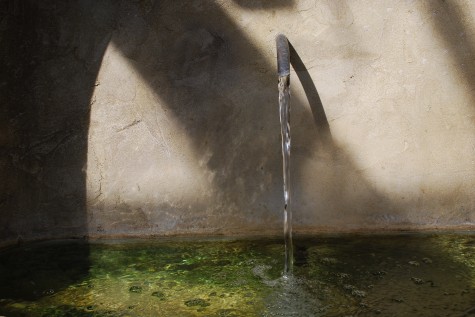 Our weather has taken a decidedly balmy turn the past few days; we have temps in the fifties. I expect it will take a turn for the worse sooner or later, but today I am enjoying the sun. The cold, snow and ice of a Michigan winter is usually bearable, but the grey could make you black out. I am always ready for some sun. I was outside today with no coat, enjoying that sun. Even indoors, the light is brighter and stronger. The days are longer. I welcome the reappearance of the sun. The season is changing-delightful.
Our weather has taken a decidedly balmy turn the past few days; we have temps in the fifties. I expect it will take a turn for the worse sooner or later, but today I am enjoying the sun. The cold, snow and ice of a Michigan winter is usually bearable, but the grey could make you black out. I am always ready for some sun. I was outside today with no coat, enjoying that sun. Even indoors, the light is brighter and stronger. The days are longer. I welcome the reappearance of the sun. The season is changing-delightful.
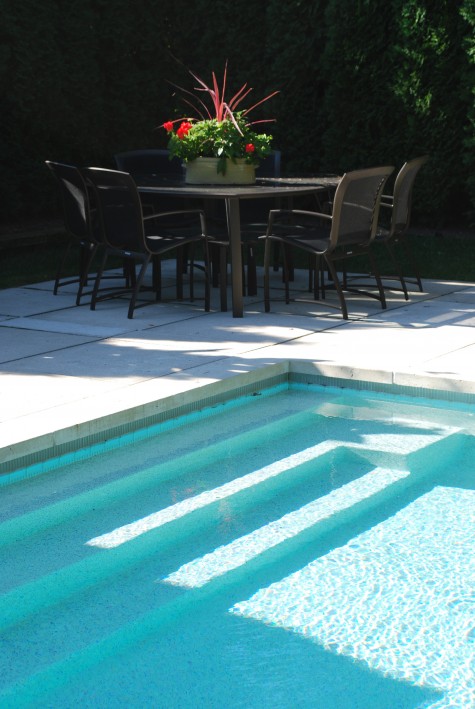
Sunlight is essential to living things. Books are written and lists made of those plants that tolerate shade. The unspoken implication here-nothing living loves the dark. When I was young, I killed many a shade tolerant perennial thinking it was shade loving. I am in discussion with a client now about a design for a pool, so there has been much talk about sun and games. Sunny and shady. Imagine your life long enough to see what, where, and how you want to live outdoors.
 Water one observes can be sited in a number of places. Shadier locations will provide perfect conditions for mosses and other water loving plants to take hold. Shading 75% of the surface of a pond will not only provide refuge for fish, but it will make the job of balancing the pond ecologically much easier. For those that have an aversion to cleaning a pond mechanically, an understanding of the role of the sun is essential. Read up. A fountain burbling in the shade can be peacefully overrun with everything that blows in and takes up residence-beautiful. Sunny water-don’t you want to get in?
Water one observes can be sited in a number of places. Shadier locations will provide perfect conditions for mosses and other water loving plants to take hold. Shading 75% of the surface of a pond will not only provide refuge for fish, but it will make the job of balancing the pond ecologically much easier. For those that have an aversion to cleaning a pond mechanically, an understanding of the role of the sun is essential. Read up. A fountain burbling in the shade can be peacefully overrun with everything that blows in and takes up residence-beautiful. Sunny water-don’t you want to get in?
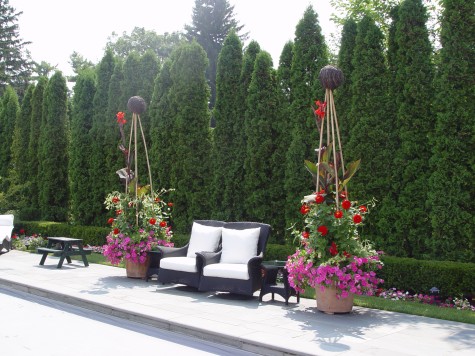
Pools for swimming are another topic altogether. The right siting for any activity outdoors-look to the sun. I want to swim in the sun-water is cold, even in midsummer. Enjoying a sunny July day at pool side-fine, for a while. Watching kids play in a pool, or having lunch outdoors-a shady spot is a good idea.
 White or light surfaces poolside will reflect sunlight, and be cooler for bare feet. Reflected heat and light will dry you off in short order. Drying off in the sun-like being on vacation. If you are old enough to remember putting sheets on a bed that have been sun dried on a clothesline-this a simple and exquisite pleasure. Dark surfaces absorb the heat of the sun, and radiate that heat. A shady location sporting dark surfaces may be a late summer refuge. Hard surfaces take a long time to heat up, and a long time to give up their heat. Plan for some, if it is your idea to be outside, late fall.
White or light surfaces poolside will reflect sunlight, and be cooler for bare feet. Reflected heat and light will dry you off in short order. Drying off in the sun-like being on vacation. If you are old enough to remember putting sheets on a bed that have been sun dried on a clothesline-this a simple and exquisite pleasure. Dark surfaces absorb the heat of the sun, and radiate that heat. A shady location sporting dark surfaces may be a late summer refuge. Hard surfaces take a long time to heat up, and a long time to give up their heat. Plan for some, if it is your idea to be outside, late fall.
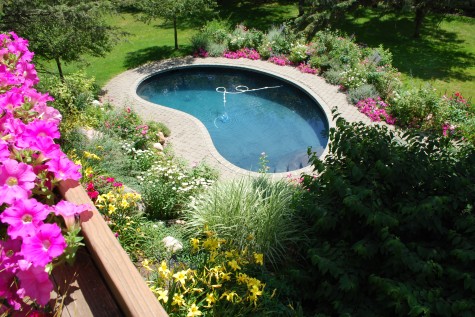
Pools with dark interior surfaces reflect light. A swimming pool that doubles as a reflecting pool has a long season of use. Dark surfaced pools absorb the energy from the sun-the water will be warm, but the bottom of the pool is usually obscured. Cathy’s pool is very unusual, as it can be seen from far above; she has a view of warm water in a dark surfaced pool, to the bottom. The interior color of her pool contrasts sharply with the surrounding garden. She gets as much from looking at her pool as being in it. The big idea here? Make moves that deliver at different times, in different seasons.
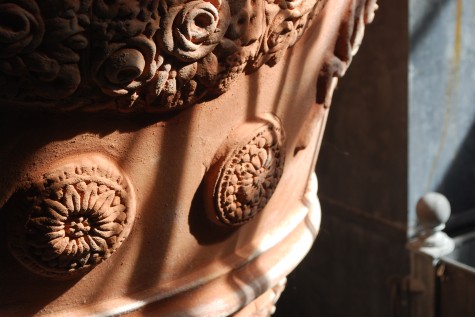 This handmade Italian pot is indoors until the weather reliably warms. Nevertheless, its detail is brought to life by the light of the spring sun streaming in the window. The surfaces closest to the light are white; the shadows are black. What goes on in between is a matter between you and your designer. Or between you and your gardening self.
This handmade Italian pot is indoors until the weather reliably warms. Nevertheless, its detail is brought to life by the light of the spring sun streaming in the window. The surfaces closest to the light are white; the shadows are black. What goes on in between is a matter between you and your designer. Or between you and your gardening self.

My fountain is 26 feet long-of course the conditions are different end to end, and they change, given the course of the day. Mostly sunny is the outlook for my home water-I am ready for it when I get home at the end of the day. On moody days, it is enough to just watch it. This post may seem to be a rambling late winter stream based on a lot of thoughts; you are right about that. I am waking up to lots of design work needing spring readiness. But this warm March day, I am also dreaming about a warm summer’s day, and some water.
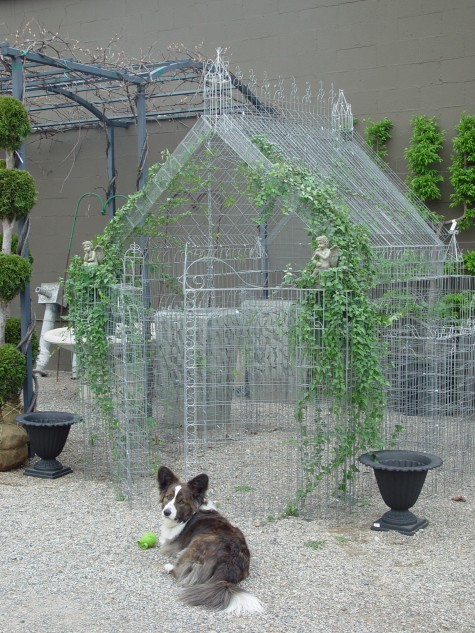
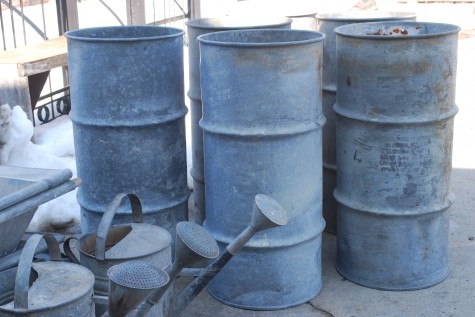
![Containers421[1] Containers421[1]](https://deborahsilver.com/wp-content/uploads/2010/02/Containers4211.jpg) Galvanized buckets and troughs have graced many a barn and farm garden. It’s no stretch to plant them with vegetables, flowers or herbs. My favorite pot compositions of Rob’s are his “roadside weed” plantings. Loose, grassy and verging on scraggly, they are charmingly natural and unstudied. A bucket is a perfect container. A sizeable pail can be an unexpectedly handsome home for a lotus. My brother had a garden party once (Petey most assuredly is not a gardener)-he used a number of large pails as burn buckets once the light started fading. I must admit it looked great-his casual grouping of fires in buckets.
Galvanized buckets and troughs have graced many a barn and farm garden. It’s no stretch to plant them with vegetables, flowers or herbs. My favorite pot compositions of Rob’s are his “roadside weed” plantings. Loose, grassy and verging on scraggly, they are charmingly natural and unstudied. A bucket is a perfect container. A sizeable pail can be an unexpectedly handsome home for a lotus. My brother had a garden party once (Petey most assuredly is not a gardener)-he used a number of large pails as burn buckets once the light started fading. I must admit it looked great-his casual grouping of fires in buckets. ![C1191[1] C1191[1]](https://deborahsilver.com/wp-content/uploads/2010/02/C11911.jpg) This large galvanized steel cistern is English in origin. The pitted, highly textured surface is indicative of some age. A tomato garden with herbs would be smashing. It would be equally as attractive as a fountain. It is also the perfect height to accomodate a large thick stone top-a perfect dining table base for a contemporary garden. Galvanized metal is a chamaeleon garden material-it seems to adapt and make itself at home in a variety of settings.
This large galvanized steel cistern is English in origin. The pitted, highly textured surface is indicative of some age. A tomato garden with herbs would be smashing. It would be equally as attractive as a fountain. It is also the perfect height to accomodate a large thick stone top-a perfect dining table base for a contemporary garden. Galvanized metal is a chamaeleon garden material-it seems to adapt and make itself at home in a variety of settings.
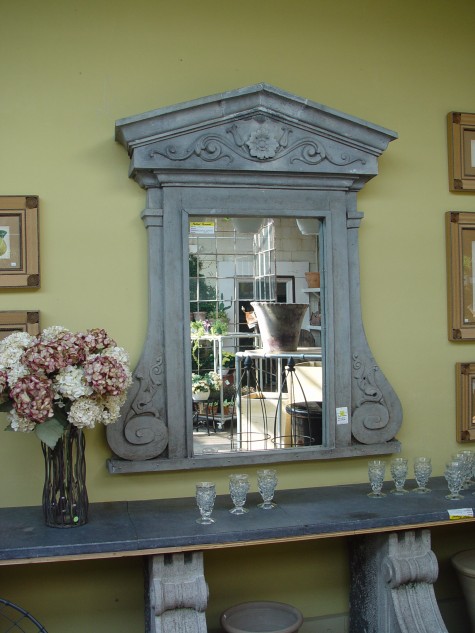

 This old French water cart would be my nemesis-I cannot imagine filling it with water, and hauling it to the garden, many times over. But parked in one spot, I could come to appreciate its form, and its history. Not everyone loves classical garden sculpture; it’s a good thing they don’t need to. Though it would not be my choice, I have seen gardens where vintage tools are displayed as sculpture to beautiful effect.
This old French water cart would be my nemesis-I cannot imagine filling it with water, and hauling it to the garden, many times over. But parked in one spot, I could come to appreciate its form, and its history. Not everyone loves classical garden sculpture; it’s a good thing they don’t need to. Though it would not be my choice, I have seen gardens where vintage tools are displayed as sculpture to beautiful effect. 